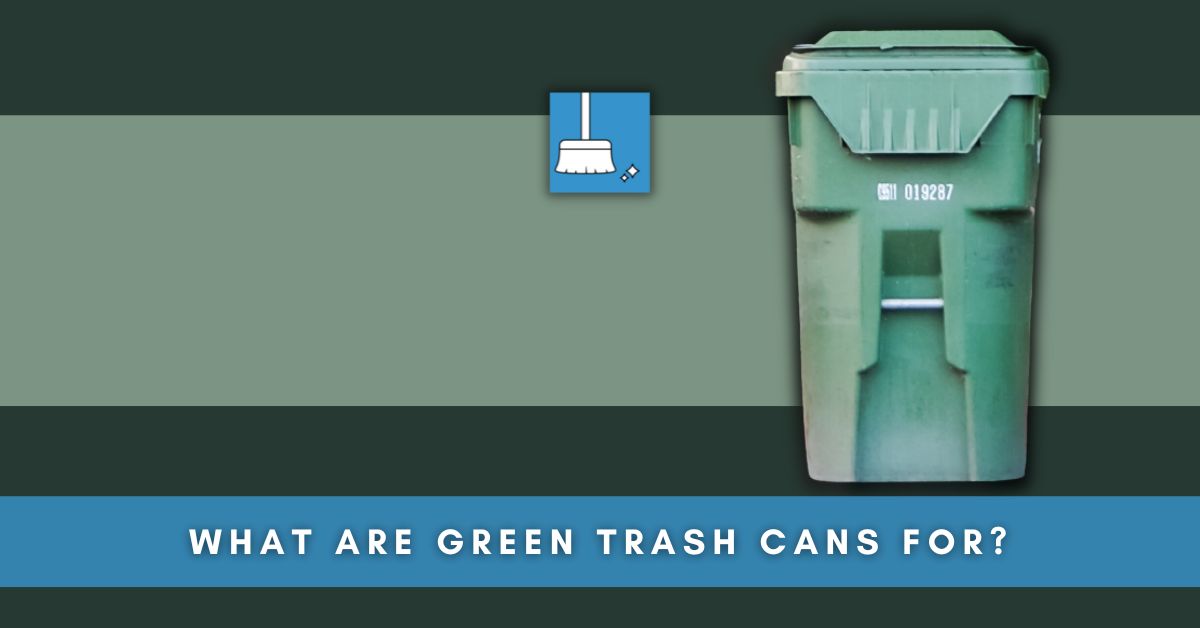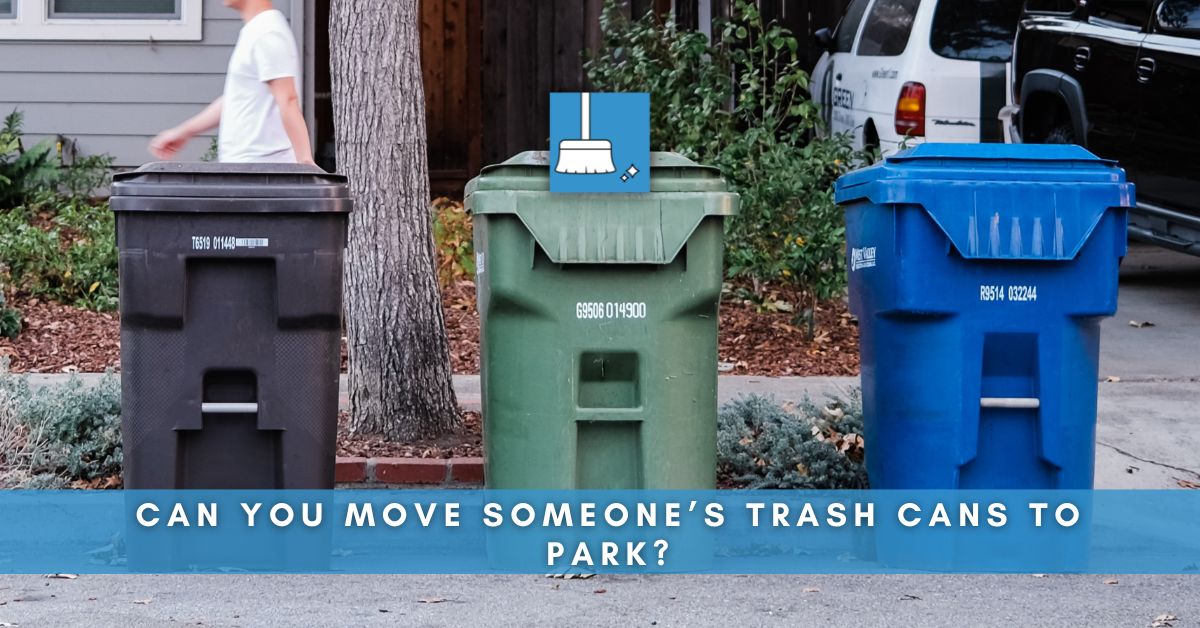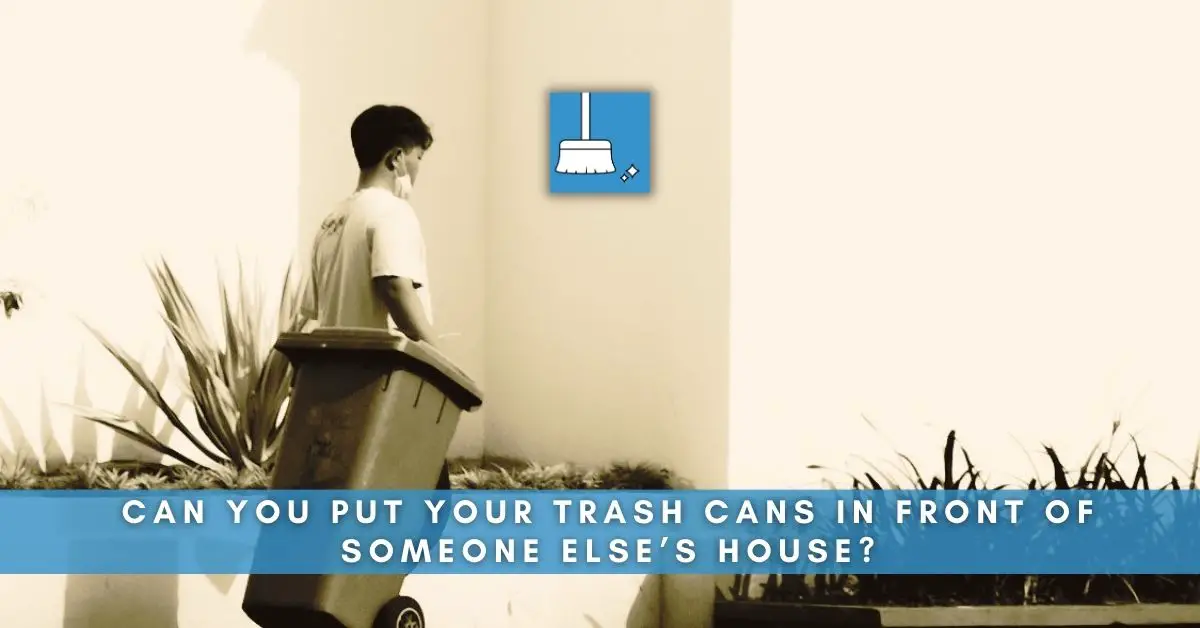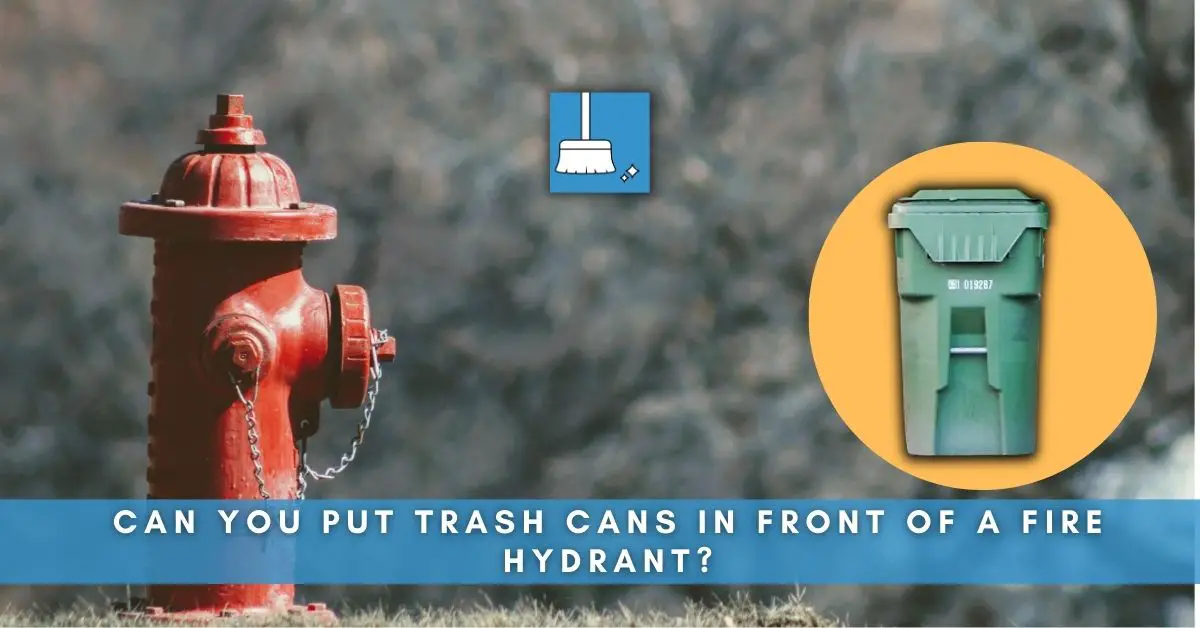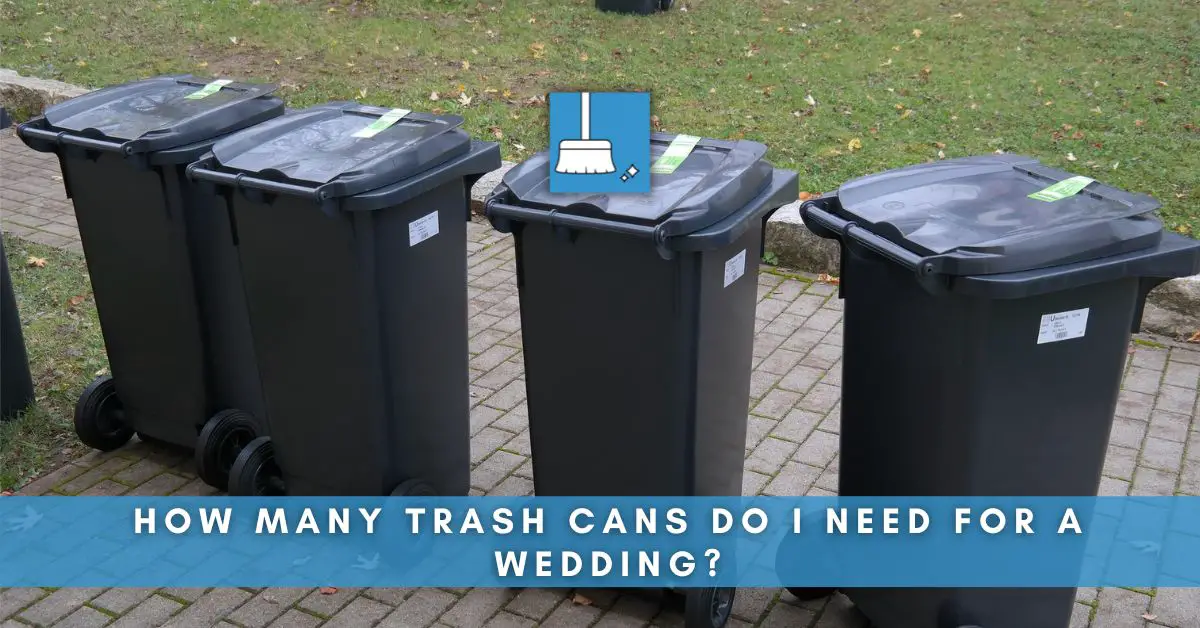Green trash cans or bins have grown increasingly common in various neighborhoods across the globe. Technically termed as green bins, their popularity embodies the growing emphasis on environmental responsibility and sustainable living.
Purpose of green trash cans
Green trash cans are specifically dedicated to organic waste — waste that’s biodegradable and comes mostly from plant or animal sources.
Examples of organic waste are food leftovers, paper, wood, and yard waste. Besides keeping neighborhoods clean, these bins’ regular collection by municipal services allows the waste to be composted in industrial facilities.
By separating this waste, communities can effectively divert significant amounts of garbage from landfills, instead recycling it into nutrient-rich compost for gardening and farming needs.
So green trash cans serve a dual role – ensuring cleanliness in the neighborhood and fostering an environment-friendly waste disposal system, thus significantly contributing to more sustainable living.
Acceptable Materials for Green Trash Cans
It’s essential to dispose of waste correctly, and green trash cans come in handy for specific types of waste. Waste sorting not only helps keep the environment clean but also facilitates recycling processes.
Green trash cans welcome various kinds of green waste like grass clippings, twigs, fruit and vegetables.
Additionally, leaves and other yard trimmings are also perfect for the green bin as they can be composted into a soil conditioner, bringing nutrients back to the soil, keeping our gardens, parks, and green spaces vibrant and healthy.
Examples of Acceptable Materials
Here are some items you can typically place in your green trash can:
- Grass clippings
- Leaves and other yard trimmings
- Twigs less than 4 inches in diameter, cut to 3-foot lengths
- Fruit and vegetables from your garden
- All these materials must be free of debris, make sure wood and prunings are less than 4 inches in diameter and cut to 3-foot lengths.
Remember, the key to waste sorting is knowledge and practice. Keep educating yourself and others about the right disposal protocols to ensure efficient waste management and best recycling practices.
Green Trash Can Collection and Disposal
The goal of using a green trash can is to separate these organic materials from non-organic waste (in other cans, like the gray one) for more effective recycling and composting.
Residents and businesses are required to be diligent with their waste sorting; improper sorting can disrupt the process down the line.
Depending on local regulations, the contents of green cans may be subject to high diversion organic waste processing. Plus, some jurisdictions allow for the use of plastic or compostable bags in green containers under specific conditions.
Disposal process for green waste
The green container’s organic waste undergoes a process called composting. Composting is an effective method to recycle organic waste into nutrient-rich soil and fertilizer.
This method significantly reduces the amount of waste headed for the landfill and helps in sustainable agriculture, gardening, and landscaping.
Furthermore, green waste, when sent to landfills, decomposes without oxygen, producing methane – a potent greenhouse gas drastically contributing to climate change. In contrast, when green waste is composted correctly, it does not produce methane, making it an environmentally friendlier disposal method.
Some of the collected organic waste, such as paper and cardboard, could also be sold for recycling into new products.
Green Trash Can vs. Blue and Black Bins
Navigating the color spectrum of waste bins can be puzzling, but once you understand the unique functions of green, blue, and black trash bins, it becomes easier to contribute to waste management and environmental sustainability. Each of these bins serves a specific purpose in waste collection.
Unlike Green trash cans, that are specifically designated for organic waste, blue bins collect recyclable materials like bottles, cans, and paper products. These items are then sent to recycling facilities where they are processed into new materials.
Black bins are used for disposing of conventional garbage that is neither compostable nor recyclable. This waste typically ends up in a landfill.
| Waste bin color | Purpose |
|---|---|
| Green Trash Can | Collection of organic waste for composting |
| Blue Bin | Collection of recyclables for processing into new materials |
| Black Bin | Collects waste that is not organic or recyclable |
How Green Trash Cans Contribute to Environmental Sustainability
When organic waste is composted, it enriches soil quality resulting in healthy plant growth. This indirectly reduces the need for chemical fertilizers which can be harmful to the environment.
Furthermore, composting organic waste reduces the amount of waste that ends up in landfills, mitigating the generation of methane, a potent greenhouse gas.
Importance of Sorting Waste Properly
Proper waste sorting bears several advantages:
First and foremost, it contributes to environmental sustainability, allowing for efficient recycling and composting, reducing the amount of waste that goes into landfills. This process helps conserve natural resources, as materials are reused instead of being replaced by new ones.
Secondly, sorting waste can stimulate economic growth as recycling and composting programs create jobs. It also decreases the disposal cost for communities and businesses.
Lastly, waste sorting can enhance public health by decreasing the spread of diseases that may be transmitted through waste. Proper disposal of hazardous waste, like chemicals or medical waste, can prevent accidents and protect the overall health of the community.
Park and Community Green Waste Bins
Green trash cans commonly seen in public spaces and parks are also designed for the same purpose a household green trash can- to collect green waste. Green waste typically includes organic material like yard waste, leaves, grass clippings, and other biodegradable matter.
After collection, these organics are often composted or processed in a high diversion organic waste processing facility, helping reduce landfill input and contributing to a more sustainable environment.
Community Initiatives to Encourage Proper Disposal in Green Bins
Community initiatives are crucial for the successful implementation of green waste bins. By standardizing container colors and labels, communities can help ensure residents and businesses are familiar with how to correctly sort out their waste.
Educational efforts can further encourage proper usage of the bins, such as detailing which waste goes into which bin, which bins contain liners or bags, and where the contents of each bin end up.
Some initiatives may include the distribution of stickers indicating “RECYCLING” or “GARBAGE” available at waste offices or creation of localized guides.
By correctly utilizing green bins, we facilitate an efficient recycling process and, subsequently, assist in the vital endeavor of waste management and preservation of our environment.
References
https://green-city.co/importance-waste-containers/
https://www.encinitasenvironment.org/blog/107-gray,-blue,-and-green-bins:-what-goes-where-and-why-does-it-matter%3F
https://calrecycle.ca.gov/organics/slcp/collection/systems/
https://www.fresno.gov/publicutilities/trash-disposal-recycling/what-goes-where-green-gray-blue/
https://www.cookeville-tn.gov/228/Residential-Garbage-Collection
https://calrecycle.ca.gov/organics/slcp/collection/systems/

